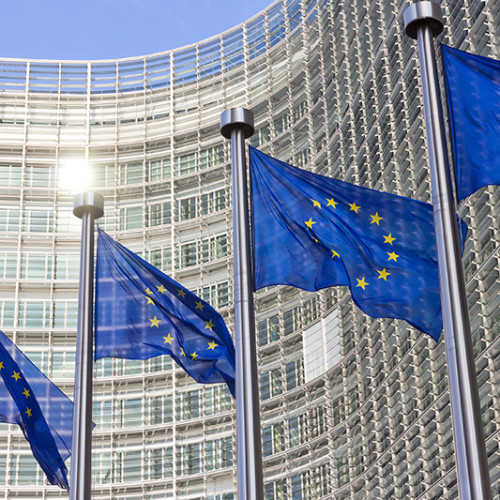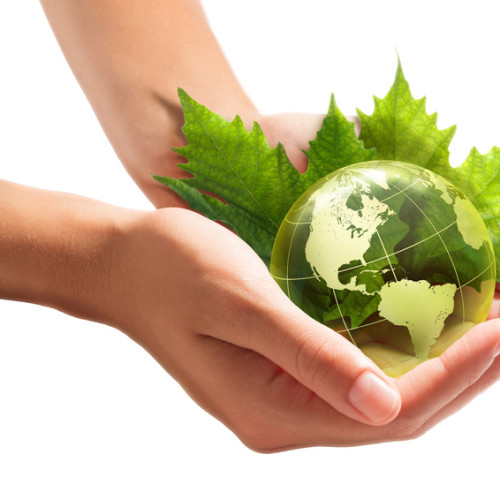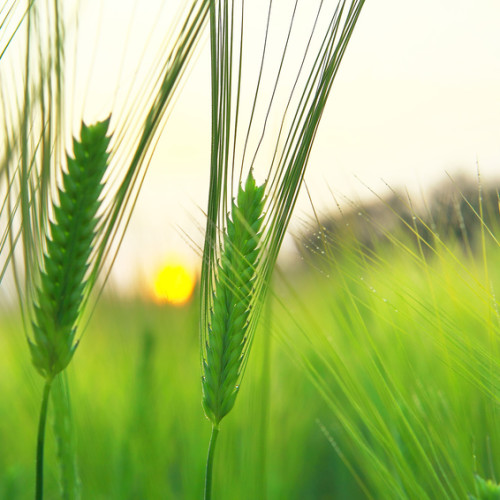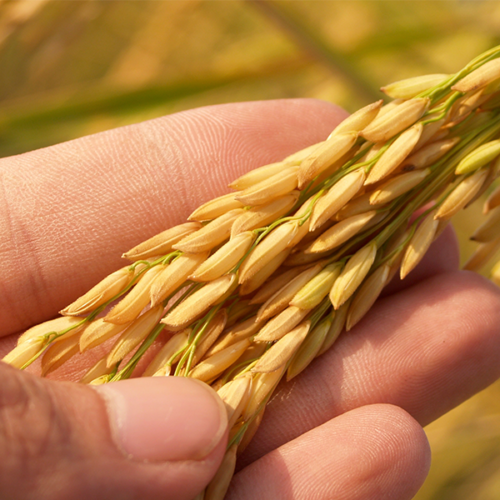
The HCSP recommends an overhaul of the PNNS strategic framework, with a name reflecting a broader scope that includes environmental sustainability, sleep, physical activity, and the fight against sedentary lifestyles for the development of the french PNNS 5 (2025-2030).

ANSES (National Agency for Food, Environmental and Occupational Health Safety) and Public Health France are launching the Albane study, which is a national survey that will track the health status of a representative sample of the French population over several years.

Water lentils have received approval from the European Food Safety Authority (EFSA) for production and consumption as fresh vegetable in the EU. The researchers from Wageningen University & Research (WUR) in the Netherlands compilied a dossier demonstrating the safety, …

The Theme for World Microbiome Day 2024 is “Feed your microbes – How diet shapes your gut microbiome”

The agriculture and food system accounts for 34% of greenhouse gas (GHG) emissions. France has committed to reducing GHG emissions by 46% by 2025. A joint study by the French Society of Nutrition (SFN) and the Climate Action Network (RAC) carried out by Nicole Darmon showed that a 50% reduction in meat consumption combined with an increase in the consumption of adequate vegetables reduces the carbon impact by 35% while satisfying nutritional recommendations for adults.

Better supervision and control of technology is the Senate’s vigilance recommendation. The Committee on Economic Affairs in the Senate recalled its anthropological, ethical, cultural and, in short, political opposition to the development of “cellular foods”. Promising on paper (environment, animal welfare), this innovation according to the Senate, will in no way be essential in the food transition, and would not be without impact on livestock farming. It then made eighteen recommendations grouped into three areas respectively focused on the authorization process strengthening, the information to consumer and research.

The law on the fight against waste and the circular economy (AGEC) of 2020 lays down provisions which will be phased in over time. We discuss the ones that will have an impact on the agri-food sector in 2023.

The project named Economically-Powered Protein Transition through Innovation in Chains (EPPIC) has for objectives to increase production and consumption of crops high in protein and consequently to accelerate the protein transition in the Netherlands. The EPPIC project catalyses €2.6 billion in economic activity and contributes significantly to reduce greenhouse gas emission in the country.

A new One Health Joint Plan of Action (OH JPA) has been launched by the Food and Agriculture Organization of the United Nations (FAO), the United Nations Environment Program (UNEP), the World Health Organization (WHO) and the World Organization for Animal Health (WOAH). This first Joint Plan on One Health aims to create a framework to integrate systems and capabilities so that we can collectively better prevent, predict, detect and respond to health threats. This initiative aims to improve the health of humans, animals, plants and the environment, while contributing to sustainable development.

On Tuesday, May 31 the NatExpo team organized a webinar-debate on nutrition labeling and environmental labelling schemes. The five speakers were: Florence Roublot (Natexpo), Emmanuel Fournet (NielsenIQ) as moderator, Sabine Bonnot (Institut de l’agriculture et de l’alimentation biologiques – ITAB, Institute of Organic Agriculture and Food), Sybile Chapron (Nature et Aliments), and Vincent Colomb (Agence de la transition écologique – ADEME, Agency of Ecological Transition).